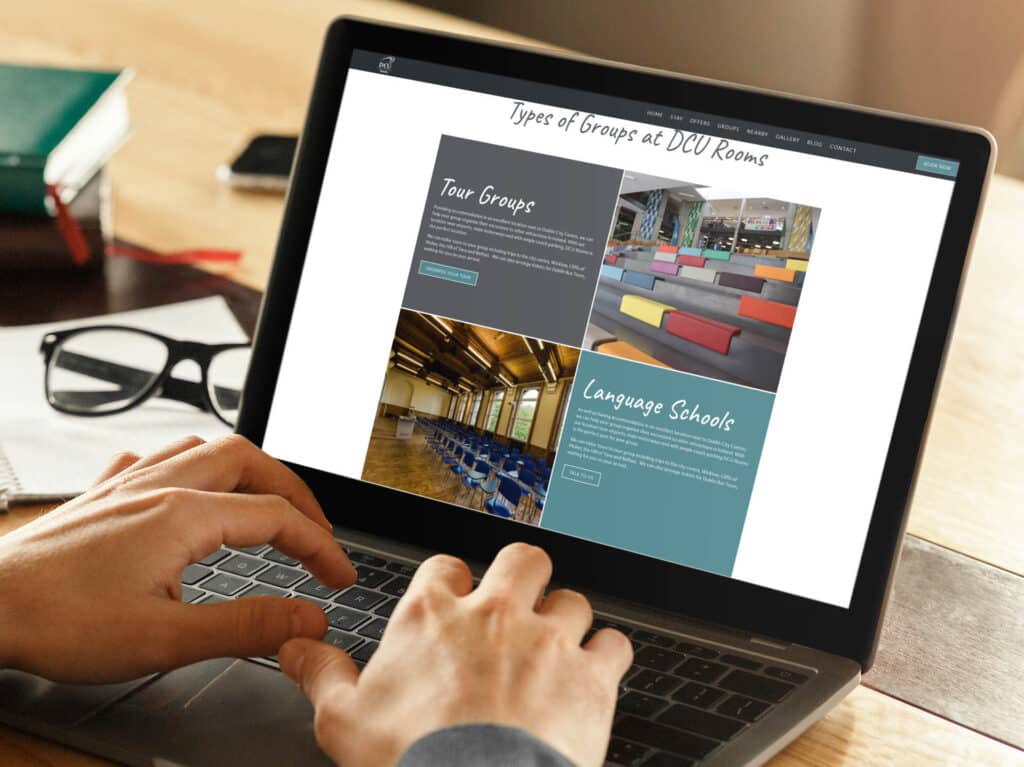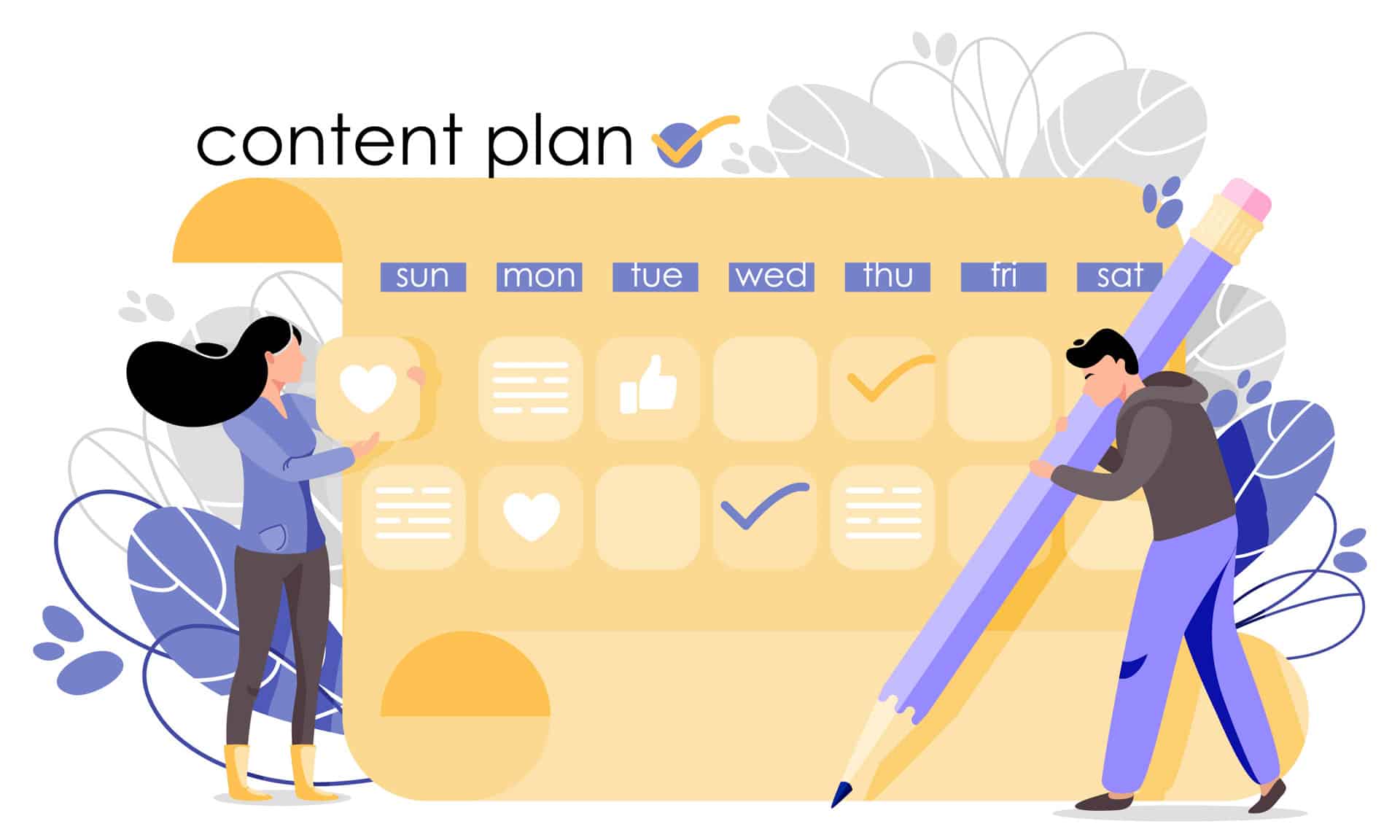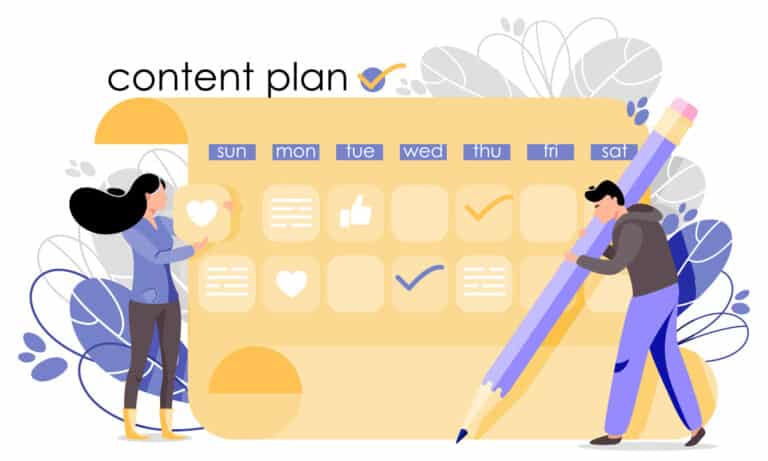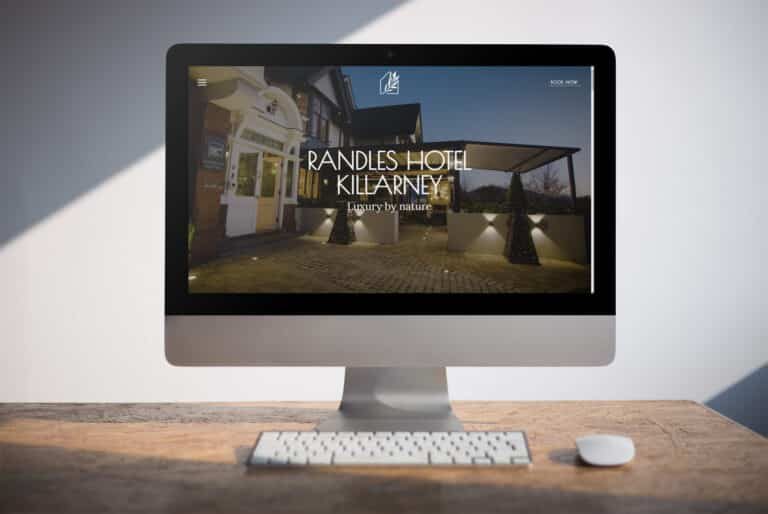What is the difference between a web page and a landing page? This is a question our clients ask us all the time. Although they share similarities, the two are quite different. This blog post will introduce what landing pages are and how you can use them.
What is a landing page?
Essentially, a landing page is a website page with a single specific purpose — to generate leads.
The content on a landing page all centres around the idea of creating new leads. The basic elements of a landing page include a lead generation form where visitors will input their information in exchange for an offer (which should be something of value) such as an e-book or even a package they can purchase.
WHY LANDING PAGES?
Why is it necessary to create a page dedicated to getting people to fill out a form? Hopefully, this blog post will help answer this question for you.
A landing page will remove “distractions” for visitors, by removing unnecessary elements to the offers, such as website navigation, alternative links, and allow you to direct the user’s total attention to where you would like it – the offer.
This ensures that the sole purpose of landing pages is devoted to getting a conversion or a lead.
An optimised landing page should include the following aspects:
1. A CLEAR & FOCUSED HEADLINE
This is to ensure that people are aware that the content on the page is exactly what they are looking for.
2. WRITE COMPELLING COPY
This is the main body of text that, along with the headline and images used, has the most effect on whether somebody acts on your call to action or ignores it. Writing compelling and engaging copy will increase the conversion rate of your page.
The call-to-action (CTA) is arguably the most important element on your landing page — it’s one of many elements that encourage conversion. The CTA button needs to stand out, meaning you should use a colour that contrasts with other elements on the page. Be clear about what you want visitors to do, that is, use an action verb that spells it out for them, like “submit”, “download”, or “get it now!”
3. INCLUDE A LEAD GENERATION FORM AT THE TOP OF THE PAGE
Your lead form needs to be readily accessible should your user want to convert right away. You do not want them searching and scanning your landing page to find your offer. Displaying a lead form at the top of the page just means that visitors don’t have to scroll to get to the form. Add a clear and standout call-to-action
The call-to-action (CTA) is arguably the most important element on your landing page — it’s one of many elements that encourage conversion. The CTA button needs to stand out, meaning you should use a colour that contrasts with other elements on the page. Be clear about what you want visitors to do, that is, use an action verb that spells it out for them, like “submit”, “download”, or “get it now!”.
4. GIVE AWAY A RELEVANT OFFER
Think of your landing page as a part of your users journey to your ultimate offer — your product or service. As people are usually rather sensitive about giving away personal information such as an email or phone number, your offer should be compelling enough to make them want to give it away freely.
5. DON’T ASK FOR TOO MUCH
While you want to get as much information as possible about your client, asking for too much may result in them not filling out the form – essentially removing them as a potential lead. You should think of the following factors when deciding what information to ask for:
How well do you know them already? How far along the buyers journey are they? Do they trust you?
Think of who you are speaking to when creating your form to ensure you don’t scare them away. Oftentimes, you only require a name and email address to begin nurturing them into customers.
6. REMOVE WEBSITE NAVIGATION
As the main objective of a landing page relates slowly to one offer, you don’t want competing website information distracting your users attention. By removing competing links, you ensure that their undivided attention is given to the offer you are trying to promote.
7. ENSURE YOUR PAGE IS RESPONSIVE
As we all know, people don’t just use a single device when browsing. They use multiple devices such as laptops, phones and iPad’s. Ensure that the page is responsive to each of these in order to ensure that it is visually appealing.
If the page is not responsive, it greatly reduces the likelihood they will convert or even stay on your website.
8. OPTIMIZE FOR SEARCH
While you will no doubt be using other means for ensuring your landing page gets traffic, for example social media, email and paid search ads, you want to ensure that it can be found organically as well when people search on Google.
Targeting relevant keywords within the content and ensuring you ascribe to best SEO practices will go a long way in ensuring web users land on the page.
9. REMEMBER TO USE A THANK YOU PAGE
A thank you page is the page the user lands on after they submit their information.
Not only is it polite, it is an important step in the landing page process that allows you to further engage with the users and thank them for submitting their information. It also offers them the chance for an instant download and also allows you to show them additional content (where relevant of course).





